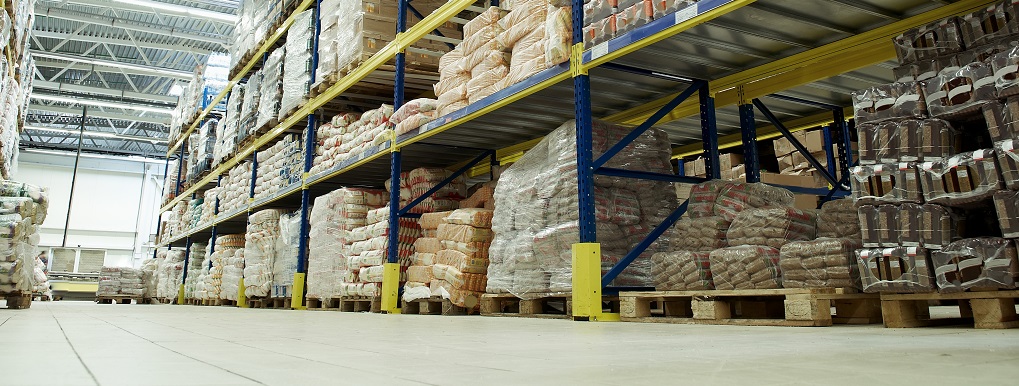
There was a time when most companies’ supply chains were linear and lean. A handful of specialists and a good Enterprise Resource Planning (ERP) system could make sure that products were manufactured and delivered efficiently to customers.
Those days are over.
Globalization, competition and growing complexities in the marketplace have made it more difficult for companies to get a handle on their ever-expanding supplier networks. Clear visibility to your entire supply chain is challenging but also more critical today than ever before. Here are five reasons why:
The State of Supply Chain Visibility
A 2017 survey of 623 supply chain professionals in 17 countries described their challenges with visibility:
- 70% of firms described their supply chain as “very” or “extremely complex.”
- 6% said they have “full visibility” to their entire supply chain.
- 74% said they use four to five different transportation modes in their supply chain.
- 81% of firms are using one to three KPIs to assess supply chain performance.
- 84% outsource their transportation services.
Source: Geodis 2017 Supply Chain Worldwide Survey
Supply Chains are Bigger and More Complex
Today, manufacturing companies may conduct as much as 80% of their supplier network activity outside of their four walls. Many of these companies operate on a global scale, using various shipping modes to serve customers worldwide. A recent study by the United Kingdom-based Cranfield University for Logistics and Supply Chain Management identified 52 pieces of data that need to flow across a supply chain. A traditional ERP or Supply Chain Management (SCM) system is not up to the task of managing so much information.
A 2017 global survey by supply chain consulting firm Geodis found that visibility has become a bigger concern among companies in recent years. In the report, 70% of respondents described their supply chain as "very" or "extremely" complex. Only 6% of those who participated in the study were confident that they have full visibility to their supply chain.
Your company may not have to deal with global supply and demand. However, chances are good that your supply chain is becoming more extensive and complex. Communication and the ability to make quick, informed decisions can be a challenge. Your best solution to gaining visibility may be to invest in cloud technology capable of managing big data, or to work with a logistics company that specializes in transportation management.
Customers Want Better, Faster Service
An expanding, increasingly competitive marketplace means customers have more options today than in the past. Many of them face their own competitive pressures. If they do not already, your customers are going to expect shorter cycle times and will be less tolerant of late deliveries or mistakes. In a recent study by consulting firm Deloitte, 40% of company executives interviewed said “sudden demand changes” from their customers cause the greatest expense and disruption to their supply chains.
To meet these demands, you need a transparent, more efficient supply chain and a better flow of information. A system that provides a single view of the supply chain will help develop more consistency in identifying SKUs, measuring units and enforcing timelines. Without this kind of visibility, different points of your supplier network become silos. Communication breaks down, orders go unfilled and impatient customers begin exploring other options.
Freight Fact
Trucking is the dominant mode of freight transportation, carrying over 70% of all U.S. freight tonnage in 2017.
Source: American Trucking Associations
There are More Regulatory Demands
Supply chain visibility tools may seem expensive, but they can be a wise investment. One reason: visibility helps you track the constantly changing landscape of government regulations and compliance. Regardless of the industry you are in, chances are that the amount of government oversight has increased in recent years. If you also export your products, you are familiar with the complexity of trade agreements and government tariffs.
Your transportation is also becoming more regulated. Bodies like the Federal Motor Carrier Safety Administration and the Environmental Protection Agency are imposing more rules on trucking companies, leading to fewer carriers and higher rates. In addition to technology that provides full visibility to your supply chain, you need experts who can anticipate and respond to new regulations in your industry and in transportation. Combined, these tools will help your company operate more efficiently and gain an edge on your competitors.
You Need to Cut Costs and Reduce Risk
Supply chain visibility gives you a better handle on your materials, inventory and transportation. It also may allow you to eliminate middlemen and spot inefficiencies in your network. Most companies that use transportation management software (TMS), along with qualified specialists, see a reduction in their transportation spending. According to a recent survey by Supply Chain Insights LLC, 70% of companies that acquired supply chain visibility solutions saw a return on that investment within 13 months.
By making informed decisions about eliminating bottlenecks and inefficiencies, you are also reducing the risk that something will go wrong. In fact, enhanced clarity in your supply chain should lead to fewer mistakes, missed deadlines and damaged deliveries.
Forecasting is Crucial to Your Business
With visibility comes knowledge. But knowledge alone does not create action.
Information-sharing, analysis, collaboration and decision-making are vital to getting the most from supply chain visibility. You need a team that can dissect information, communicate with suppliers and business partners, and model different outcomes. This analytical approach to data will not only improve your supply chain performance today, it will help you anticipate the future. As you build up more information and continue to improve the supply chain, your demand forecasting and business planning will improve as well. You can save money by reducing inventory when demand is expected to be low, improve your on-time deliveries and respond more quickly to potential issues.
Ready to take your supply chain to the next level? Contact Ryan Transportation today.
Sources: Deloitte, Forbes, 21st Century Supply Chain Blog, Supply Chain Digest